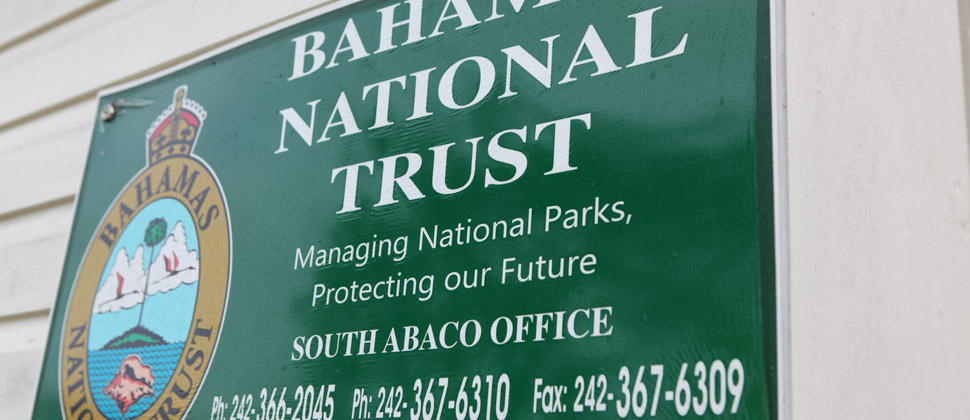
Schooner Bay Sustainability
by Lynn Gape
Deputy Executive Director, Bahamas National Trust
One of the biggest challenges that Bahamians face is balancing the development and the conservation of important ecosystems. The Bahamas faces considerable challenges as the demand for coastal land for tourism facilities and forested areas for homes continues to grow. Coastal sand dunes serve a more important purpose than beauty, acting as flexible barriers to ocean storm surges and waves, and protecting low-lying backshore areas. They also provide a habitat for many animals, including migratory birds. With proper planning and management, their functions may be enhanced.
Removal of invasive plant species is one of the major ways that coastal sand dunes can restored. Two of the most offensive invaders are Scaevola taccada and Casuarina equisetifolia. They are fast growers, quickly displacing native shoreline species. These hardy plants are salt- and drought-tolerant, fast-growing and reproduce at an accelerated rate. This enables them to become quickly established, replacing the slow growing Bahamian native flora. The Casuarina covers the surrounding soil with mats of brown “needles” (modified stems), which further inhibit the growth of other plants. It is also thought that the roots of the Casuarina produce a type of natural herbicide known as allelopathic toxins, again further reducing the competition from other plants. These properties make these plants aggressive invaders and once established they are extremely hard to remove. Casuarina and Scaevola are major contributors to biodiversity loss in the Bahamas, causing deterioration of sand dunes throughout the archipelago.
Removal of the invasives and replanting of the coastal dune area is one of the ways to restore coastal dunes. Plants that can be used in beach restoration are Sea Lavender, Railroad Vine, Sea Oats, Bay Bean, Cocoplum and Sea Grape. Schooner Bay has been proactive about dune management, and their restored coastal dune area provides sea turtle nesting habitat for both green turtles and the endangered Leatherback Turtles. The removal of Casuarina and invasive Scaevola has also restored habitat for endangered shorebirds. Removal of Casuarina from the coasts of The Bahamas may be one of the most important actions that can be taken to protect the wintering habitat of the Piping Plover, one of the most endangered shorebirds in North America. Researchers estimate that over 5% of the total Piping Plover population winter in The Northern Bahamas. Tropical hardwood forests, or coppice, as it is called in The Bahamas, provide food, water, shelter and space for a variety of wildlife. Many animals take advantage of the relatively cool interior and slightly higher elevation provided by these forests.
Many birds make use of this tropical ecosystem and the trees that occur in the coppice forest produce food for resident and migratory birds. In particular, these areas provide critical habitat where migratory birds can stop, eat and rest before they continue their migration. Some of the native trees that can be found on Abaco are Gumelemi, Mahogany, Saffron, Pigeon Plum, Poisonwood and Cinnecord. On Abaco, the coppice forest is an essential feeding habitat for the threatened Bahama Parrot. Schooner Bay has worked with architects, planners and designers to create a sustainable residential community that leaves corridors of coppice forest, providing essential feeding habitat for the endangered Bahama Parrot and other native bird species such as the Loggerhead Kingbird, Bahama Yellowthroat, and Western Spindalis (Stripe headed Tananger). During development, Schooner Bay carefully managed the impact on the coppice forest. These important habitats were carefully undercut, providing intact foraging habitat for the parrot and other Bahamian biodiversity in the heart of this sustainably designed development.

